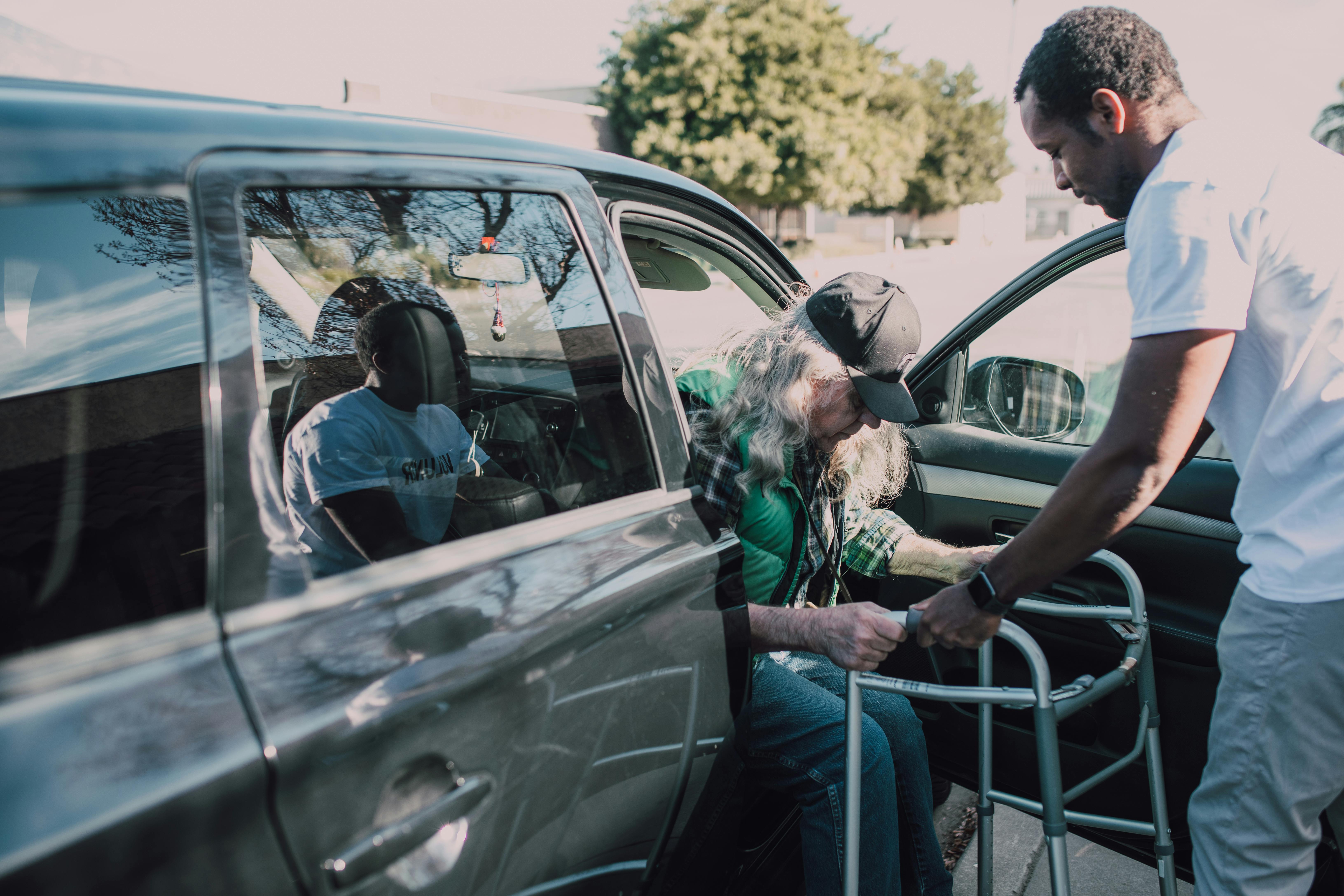
Helping Others May Be the Most Effective Way to Reduce Stress, Research Finds
For decades, stress management advice has encouraged people to turn inward—practicing self-care, meditation, or relaxation techniques. But new research suggests that these commonly prescribed strategies may not be the most effective. According to stress physiologist Dr. Rebecca Heiss, who studied more than 750 Americans over the course of nearly a year, more than half of participants—58%—actually reported increased stress when attempting to directly control it.
Advertisement
Dr. Heiss’s findings align with broader research into workplace wellness programs. A review of more than 90 such initiatives revealed that most failed to improve employee well-being. The exception was programs that encouraged employees to volunteer or participate in charitable activities, which showed measurable benefits.
“Stress is designed to be a social experience,” Dr. Heiss explained. While much attention is paid to hormones like cortisol and adrenaline, she emphasized that oxytocin—the so-called “cuddle hormone”—plays a vital role by motivating people to connect with and support others.

Man helping another person | Source: Pexels
Her research highlights what she calls “stress springboarding”: channeling stress into meaningful action that benefits others. This could involve supporting a struggling colleague, volunteering for a challenging project, or helping within the community or family. “The key is to act while you’re feeling that stress energy, not after you’ve calmed down,” she noted.
Scientific evidence supports the approach. Brain imaging shows that helping others activates reward centers and reduces activity in stress-related regions. Employees who assist colleagues during high-pressure periods also report higher job satisfaction and engagement.
Instead of suppressing stress, Dr. Heiss argues, reframing it as fuel for connection and contribution can transform it into a competitive advantage—both personally and professionally. “The next time you feel that familiar knot in your stomach or racing heart, ask yourself: ‘How can I use this energy to help someone else?’” she said.
Advertisement
